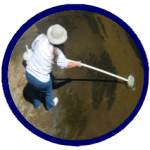The Carson Water Subconservancy District’s mission is to promote cooperative action across agency and political boundaries in the Carson River Watershed, using integrated watershed management.
Rural and urban communities depend on the water which drains to the Carson River for agricultural, environmental, and municipal uses. Balancing these needs requires diligent planning and management. CWSD works with local, state, and federal entities to plan, coordinate, and fund projects and programs that provide regional benefits.
CWSD develops watershed-wide planning documents, such as the Adaptive Stewardship Plan and the Comprehensive Regional Water System Plan. These plans help to coordinate regional efforts and are essential for obtaining federal grant monies. CWSD also provides grant funding to local entities for project implementation and serves as the coordinating agency for the Carson River Coalition (CRC), a large stakeholder group of federal, state, county, and tribal agencies; non-governmental entities, private citizens and landowners.
Challenges in the Carson River Watershed include:
-
Protecting critical floodplain lands from development
-
Meeting demands for future water supply
-
Managing and promoting use of reclaimed water
-
Enhancing water quality and riparian habitat throughout the watershed
-
Tracking and controlling invasive species
-
Raising awareness of watershed issues with general public
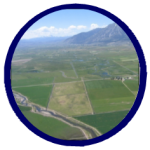
Create regional level planning solutions focused on conserving and restoring our existing floodplain lands and raising public awareness of flooding hazards.
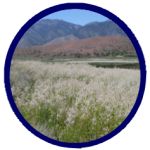
Map, monitor, and treat invasive animals and plants to prevent and mitigate spreading. Collaborate to inform and educate the public.
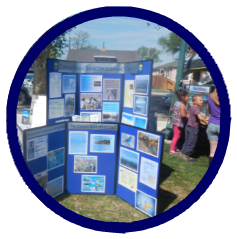
Promote action oriented, hands-on educational programs and projects that engage and connect the community to our watershed.
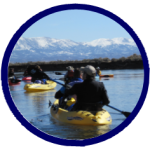
Support public recreational access to natural areas, while maintaining natural resources and respecting private property rights.
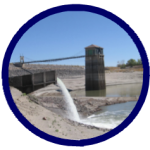
Balance regional water supply demands among municipal, environmental, and agricultural users through cooperative action.
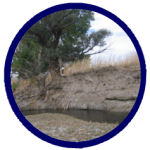
Enhance riparian habitat, mitigate severe erosion, restore river bank form and function to improve the overall health of the river.
